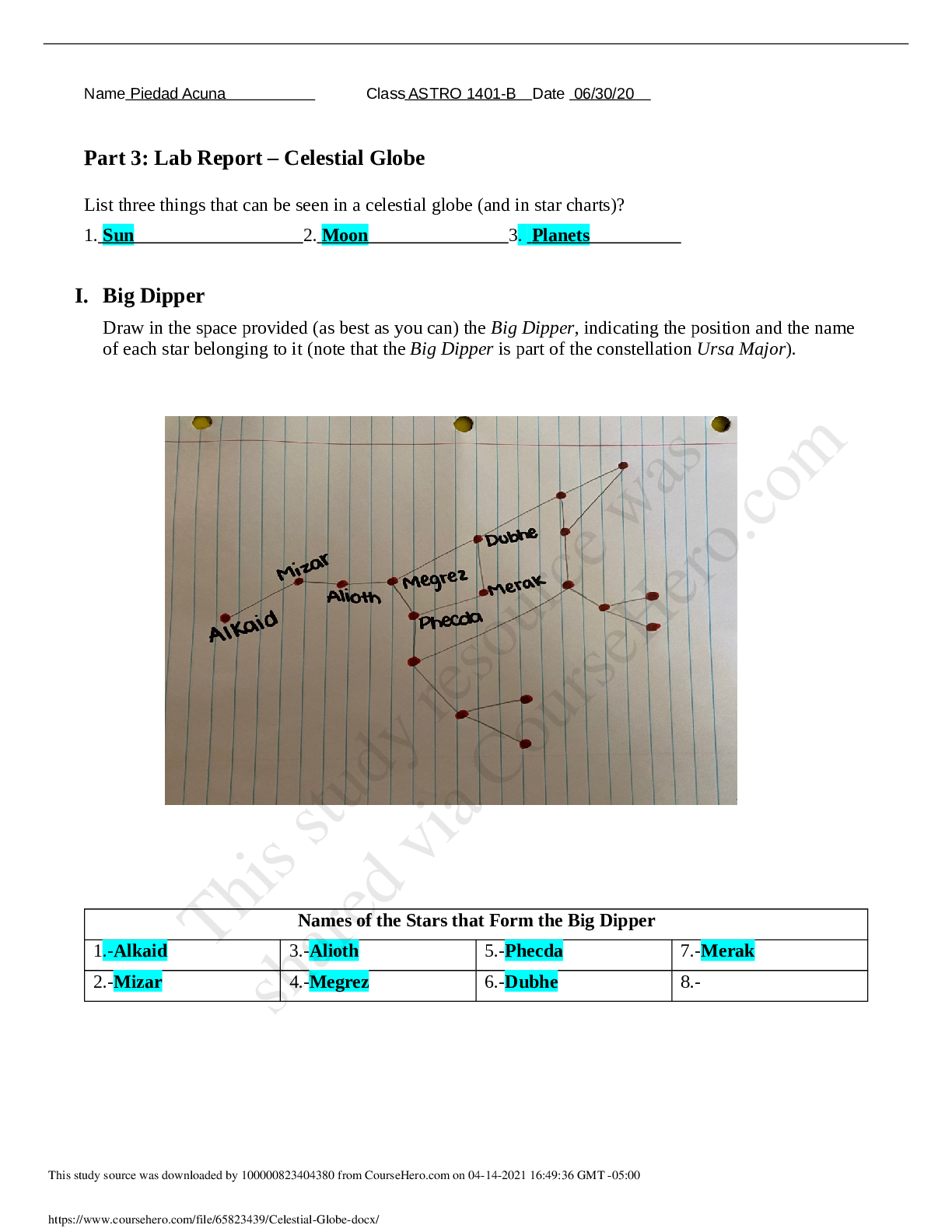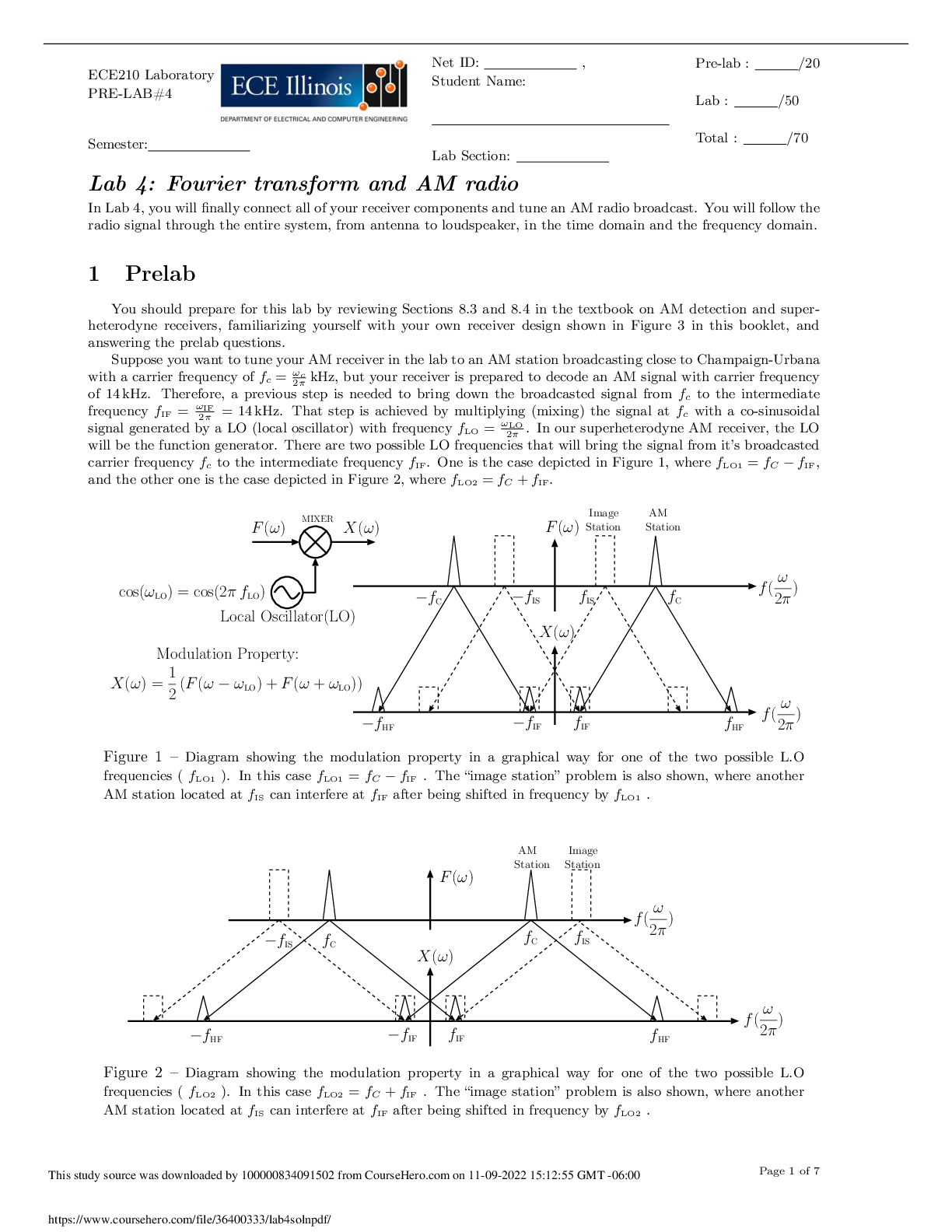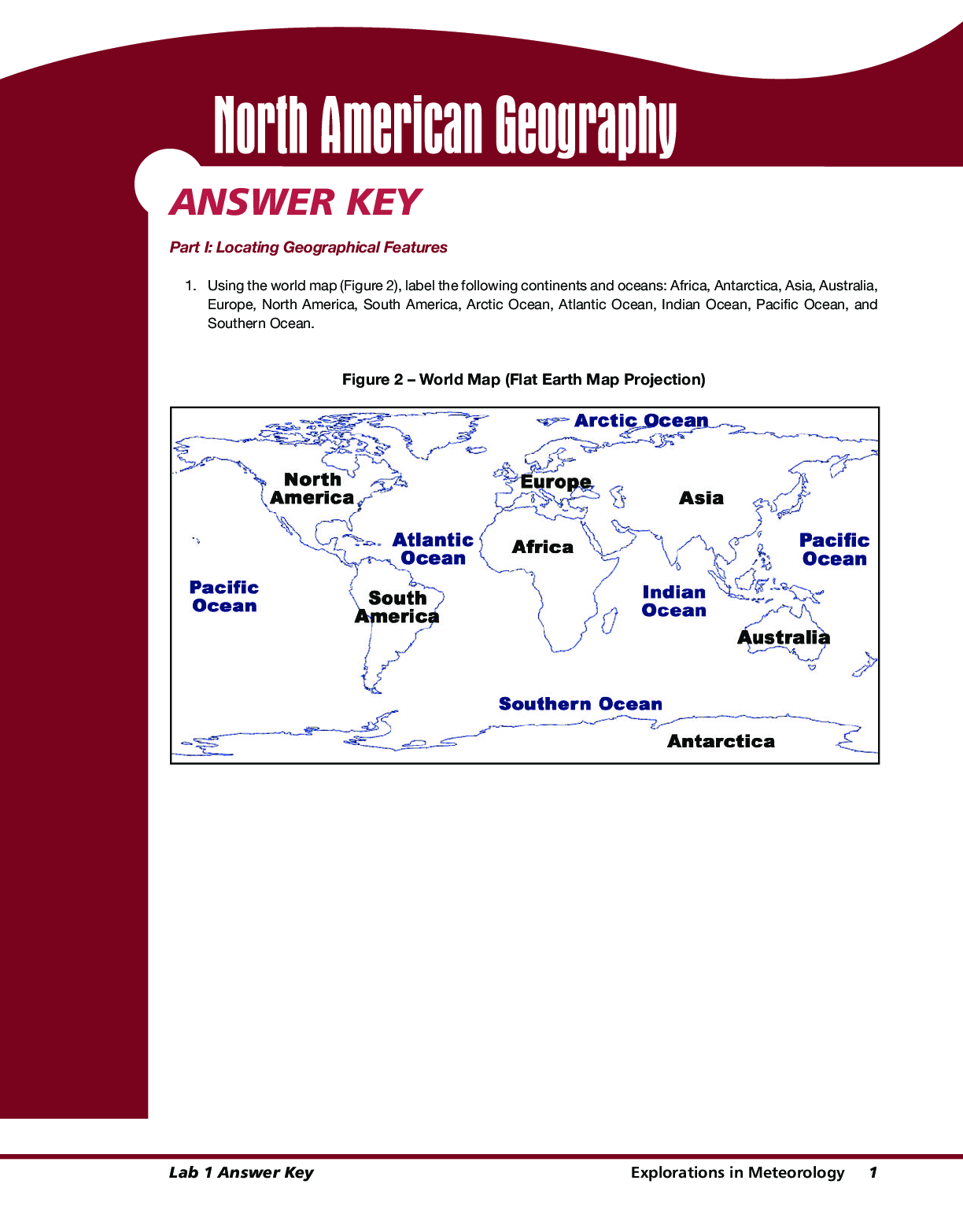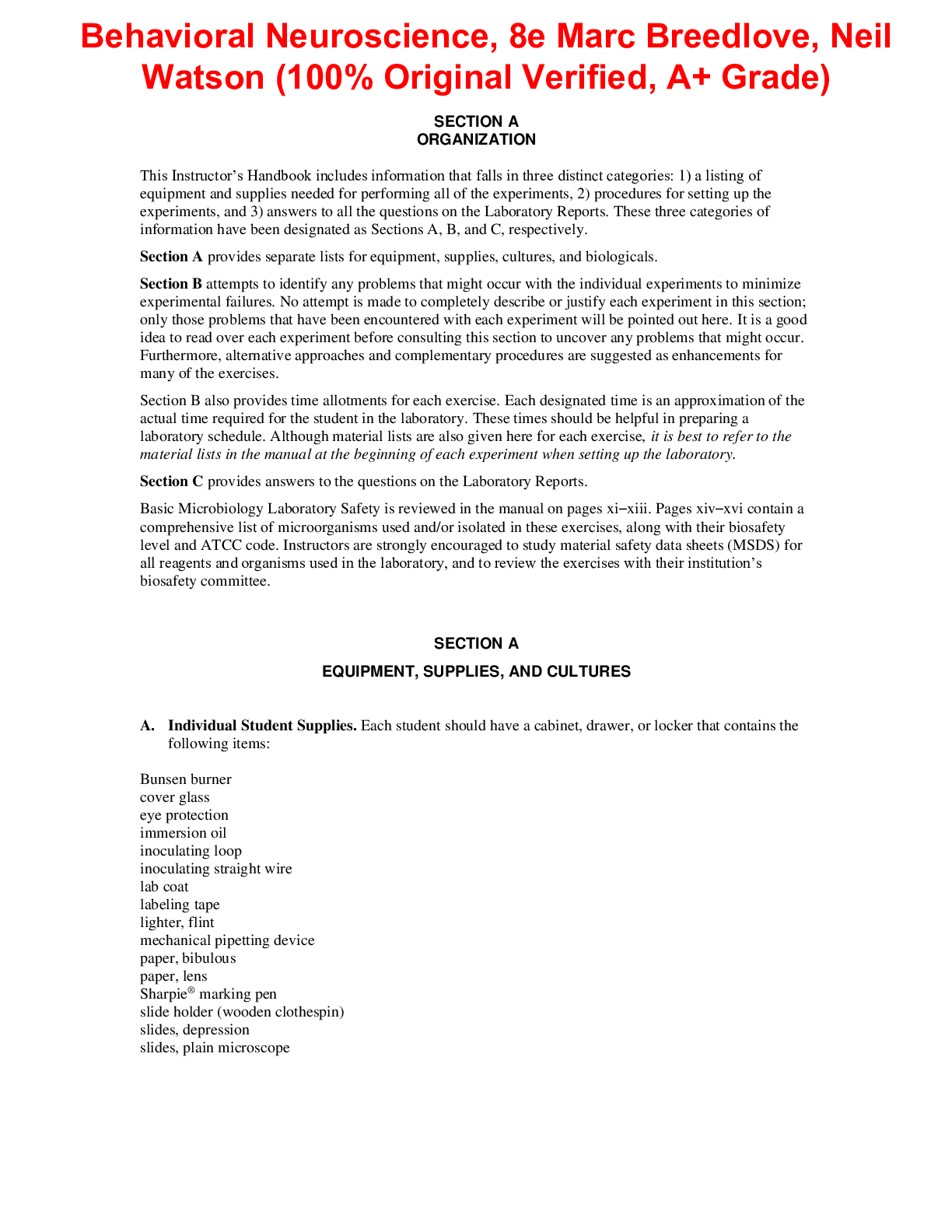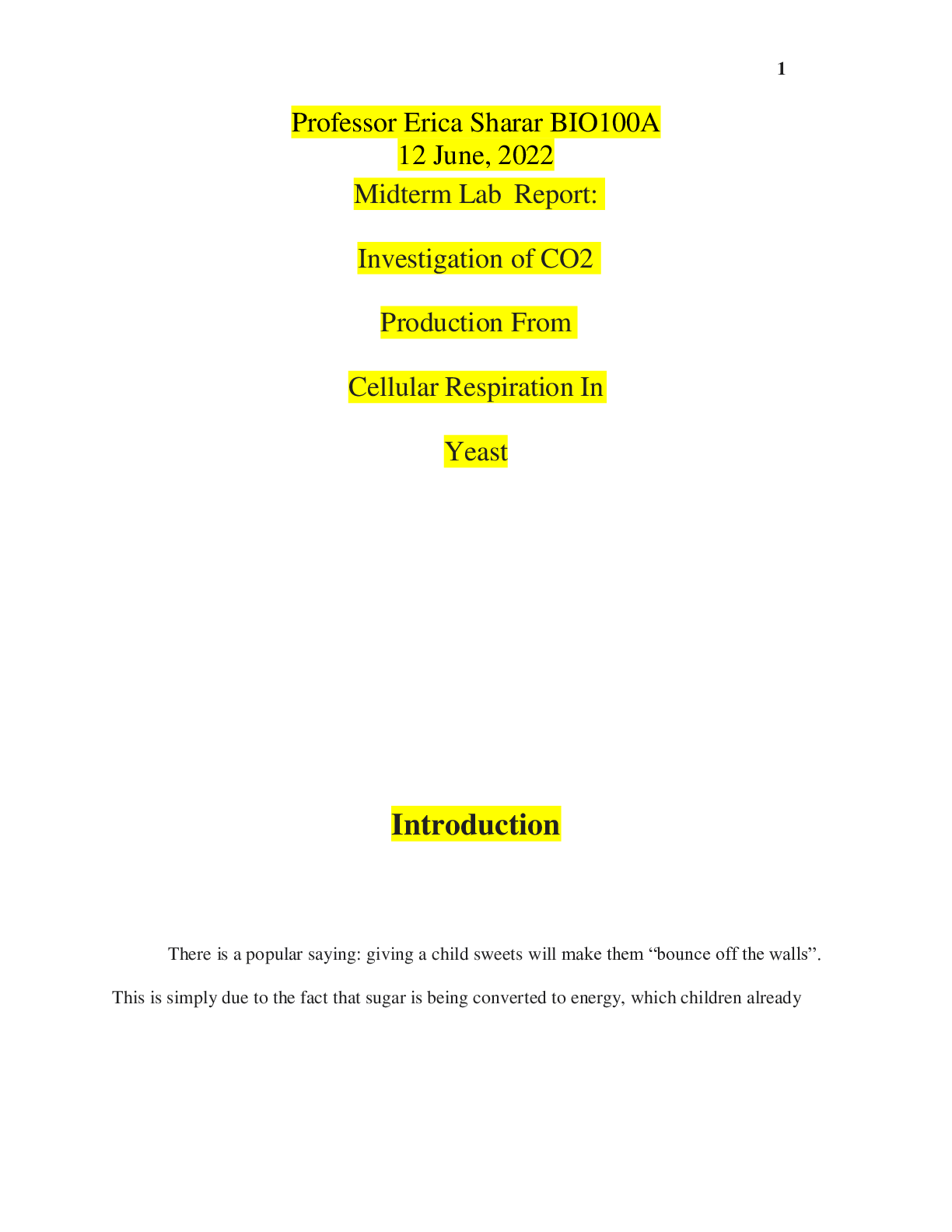Physics > Lab Experiment > New York University - PHYS UA 12Lab #6 (All)
New York University - PHYS UA 12Lab #6
Document Content and Description Below
Introduction: Objective: The purpose of this experiment was to examine the magnetic field produced by one segment of a wire that carries current at all points in another wire to determine its relat ... ion with it. We proved that a magnetic field is directly proportional to the current flowing in a wired. Theory: A wire that carries a current produces a magnetic field around it, which is represented by B. This magnetic field produces a distance r from a segment of a wire with length l, which points in the same direction as the current. The current is given by the equation dB = (μ0/4π)((I dl X r)/r2). In this equation, r is the unit vector that points from the element of the wire to the field point; μ0 is a constant called the vacuum permeability; the permeability of air can be taken as μ0 for several purposes. This constant is defined so that μ0/4π is exactly equal to 10-7. When two wires that carry current are close to one another, they experience forces due to their magnetic fields. If a wire element dl with current I is in a magnetic field, B will experience the force dF, which is given by dF = IdlXB. This equation can be integrated to give the total force on the wire. With this equation, we can show that the magnitude of the force F between a length L of two thin infinitely long parallel wires separated by the distance D is given by F = (2μ0/4π)((IAIBL)/D), where IA is the current in one wire, and IB is the current in the other wire. We can expect that the error in using this equation gets smaller as the distance D between the wires becomes smaller and the length of our finite wires becomes longer. When the currents of two wires are both in the same directions, the wires will experience forces that attract them to the other, and with current traveling in opposite direction in the two wires, they will experience repulsive forces away from the each other. Description: This experiment is wired so that the current through the single wire also passes through each turn of the coil. We assumed that the force on a single wire is due entirely to the current in the long side of the rectangular coil that is nearest the single wire. We broke down the distance D into two parts such that D = d + b. The distance d will be This study source was downloaded by 100000823404380 from CourseHero.com on 04-14-2021 16:29:42 GMT -05:00 https://www.coursehero.com/file/11467438/Lab-6/ This study resource was shared via CourseHero.com2 known and have a value of a = 1.0 mm or 2a = 2.0 mm, whereas the distance b will be obtained from the data; (a+b) or (2a+b) will be approximately equal to the distance between the single wire and the longer side of the coil nearest the single wire. (Image taken from lab write-up) [Show More]
Last updated: 3 years ago
Preview 1 out of 7 pages

Buy this document to get the full access instantly
Instant Download Access after purchase
Buy NowInstant download
We Accept:

Reviews( 0 )
$7.00
Can't find what you want? Try our AI powered Search
Document information
Connected school, study & course
About the document
Uploaded On
Apr 15, 2021
Number of pages
7
Written in
All
Additional information
This document has been written for:
Uploaded
Apr 15, 2021
Downloads
0
Views
147

.png)

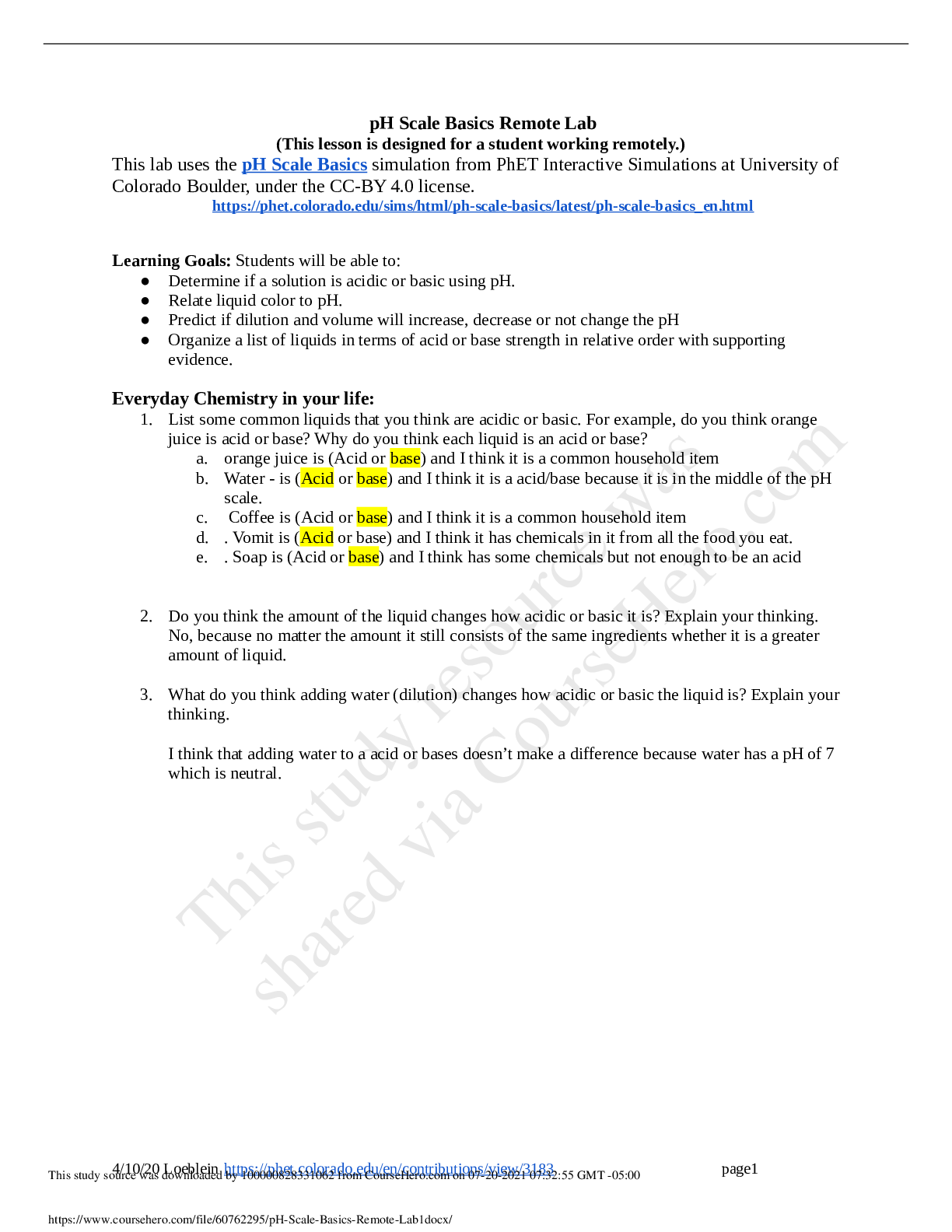
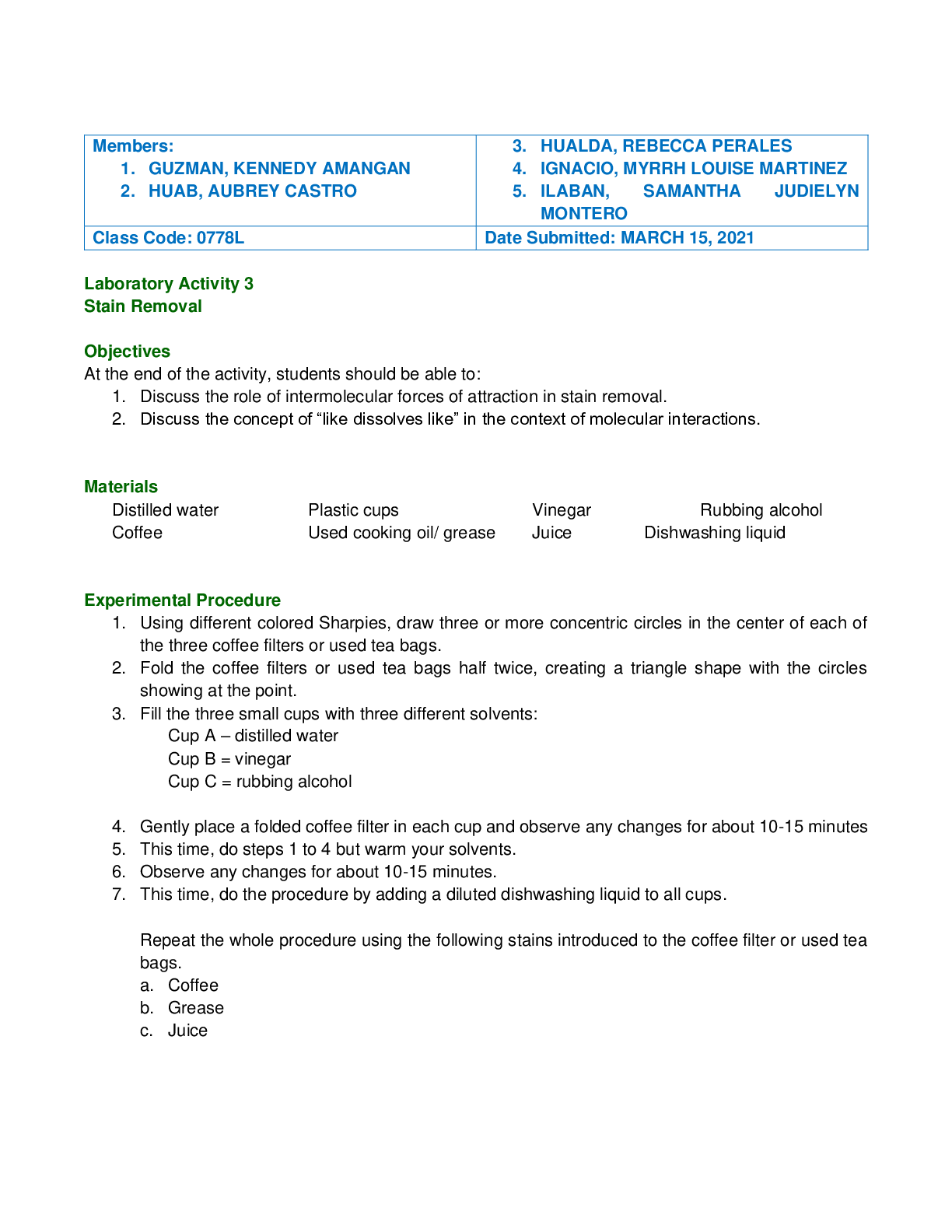
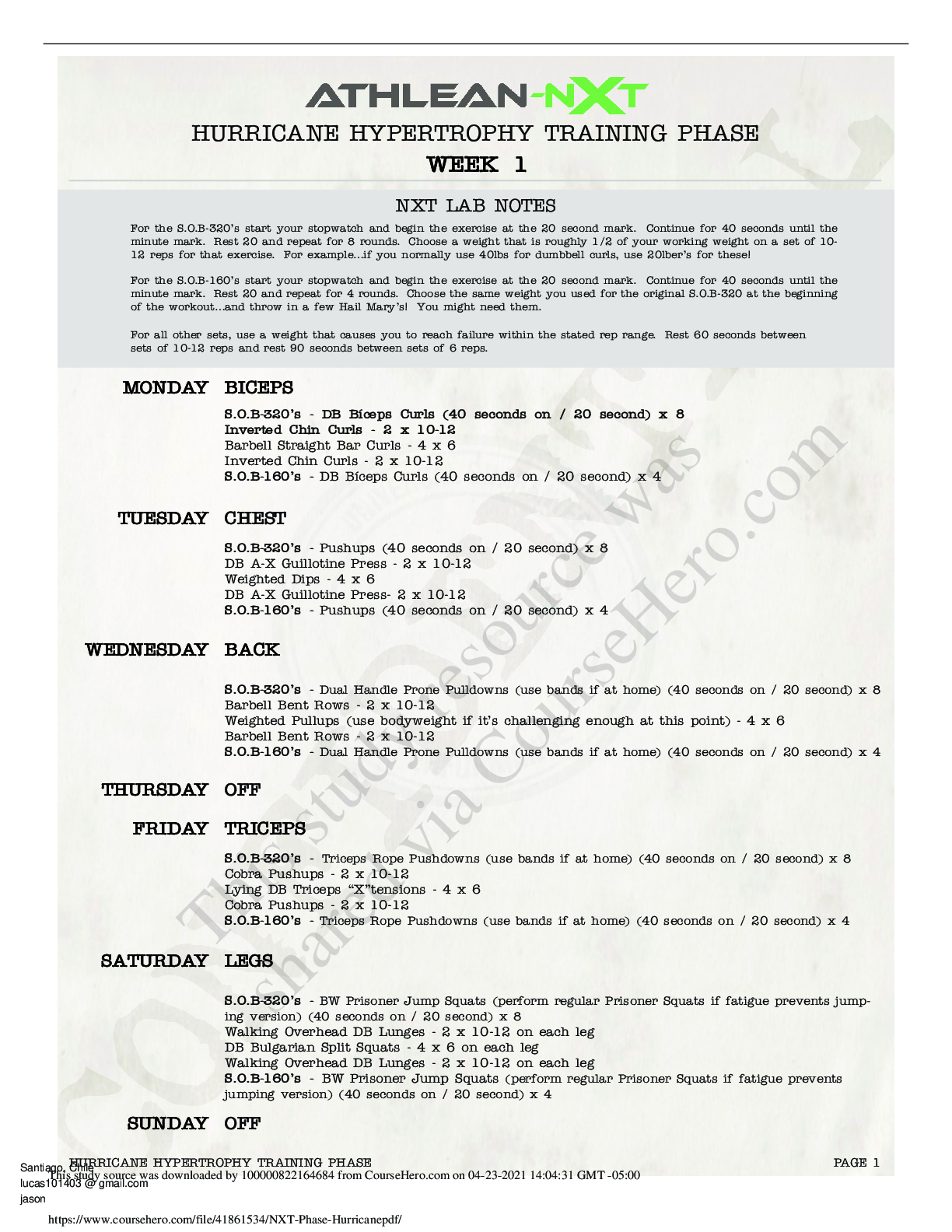
.png)
